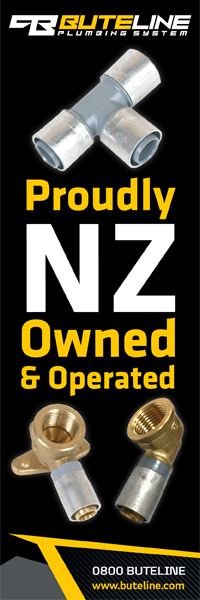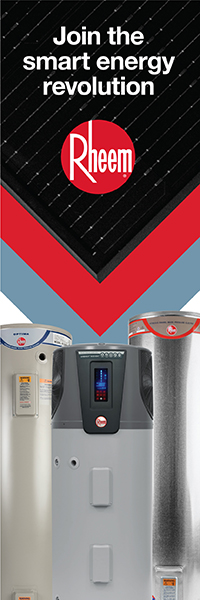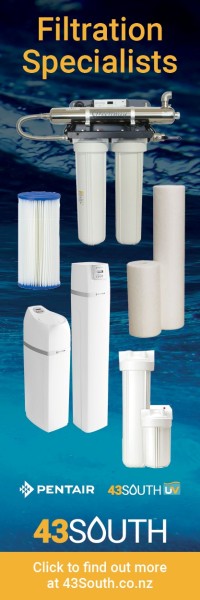Hoses for use as LPG pigtails
28 September 2017
Reports of failed components in continuous flow water heaters led the LPG Association some years ago to investigate what contaminant had caused the failure. All the samples of contaminant were identified as phthalates, which are plasticisers used in rubber components to provide flexibility. These phthalates are present in rubber LPG pigtals. This September, the LPG Association released an industry briefing note regarding these hoses (see below). From now on, installers should only use type F hoses—so always check the label. Suppliers and merchants have voluntarily agreed to supply and sell only type F hoses. If installers have stocks of any other types, they should no longer be used in installations.
"For quite some time, Master Plumbers has been involved in advocacy work to ensure the prevention of potential damage to instantaneous gas water heaters by phthalates, and we welcome the LPGA's industry briefing note," says Master Plumbers CEO Greg Wallace. "Time will tell if this rectifies the issues."
LPG Association Industry Briefing Note
This note explains the current and hopefully future position regarding types of hoses suitable for use as LPG pigtails.
In the 1996 version of AS/NZS 1869 Hose and hose assemblies for liquefied petroleum gases (LP Gas), natural gas and town gas, the class of hoses were listed as A to E with type C being recognised as suitable for LPG pigtails.
In the 2012 version of AS/NZS 1869 the class of hoses are listed as type A to H, with type F listed as for use as LPG pigtails.
So to comply with AS/NZS 1869 2012 hoses need to be type F for use as LPG pigtails.
The situation was somewhat confused by the words in the 2013 version of AS/NZS 5601.1 clause 4.6 and by reference paragraph J9 and table J4 which stated that pigtails must be in accordance with AS/NZS 1869 class C or D.
However the May 2016 amendment to AS/NZS 5601.1 changed the words in table J4 to simply say that hoses need to comply with the requirements of AS/NZS 1869. (No reference is made to the date, but this is understood to indicate the latest/current iteration of the standard applies.)
The class of hose is significant for a number of reasons including the Maximum Allowable Extractables for each type. The extractables are the phthalates used to provide flexibility.
It is the phthalates that have been causing equipment failures in continuous flow water heaters.
Type F hoses are allowed up to a maximum of 900 mg/m of hose length when tested using a specific test method detailed in appendix K of AS/NZS 1869 2012.
Type A to D hoses are allowed a maximum of 10% change from initial mass using test method detailed in appendix C of AS/NZS 1869 2012.
For comparison the appendix K test result of 900 mg/m relates to approx 4% in the appendix C test.
So the maximum extractable content of a hose complying with the appendix C test is approximately 2.5 times the maximum allowable under the appendix K test.
The suppliers of LPG pigtails have agreed that they will only supply pigtails which are certified to AS/NZS 1869 2012 type F.
Installers of LPG pigtails must ensure that they only fit pigtails which are certified to AS/NZS 1869 2012 type F.














































